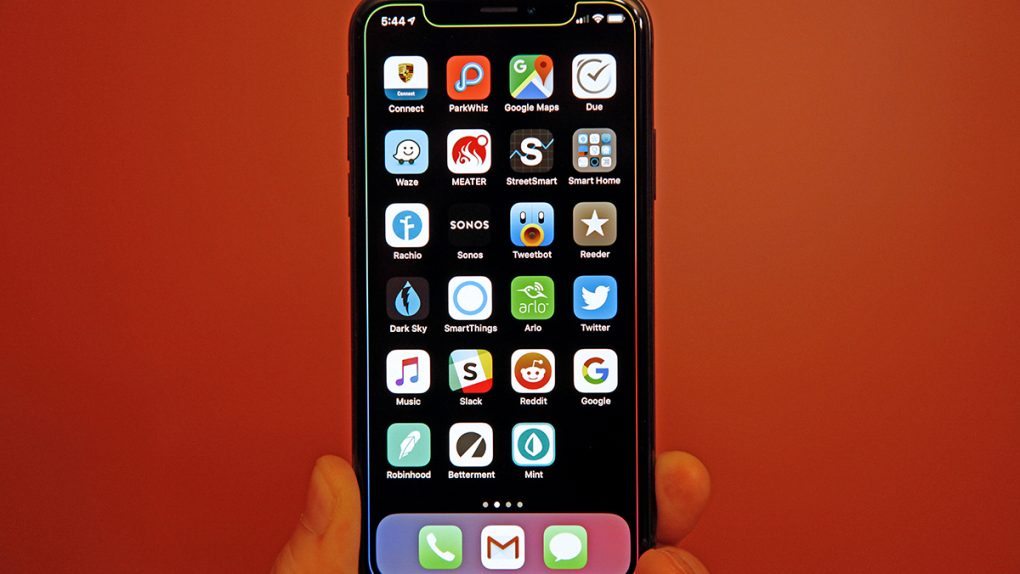Last week, iPhone XS users galore swarmed to the forums, internet pitchforks in hand, to complain that their new phones’ selfie cameras were secretly applying a”‘skin smoothing” filter. It wasn’t the most absurd idea: Smartphone makers often integrate filters, including “beauty” filters, into their camera apps, and it’s not like Apple has never given users a new feature with no way to turn it off. Backing up the claims were comparison shots between an iPhone X and an iPhone XS, which did indeed show skin that looked like it had been artificially smoothed.
But as you might expect, there was no international conspiracy between Apple and makeup companies to promote an artificial standard of beauty to the nation’s youth. Instead, the skin smoothing is a side-effect of how the iPhone XS uses multiple exposures and computer smarts to produce better images.
Sebastiaan de With, the creator of the (excellent) Halide camera app for iPhones, dug deep into the iPhone’s photography capture process to work out what is going on. It’s thanks to two factors: the multiple-exposure HDR system, which makes the lighting better, and the fact that the iPhone XS takes pictures at a higher ISO (sensitivity), which increases the noise:
The iPhone XS merges exposures and reduces the brightness of the bright areas and reduces the darkness of the shadows. The detail remains, but we can perceive it as less sharp because it lost local contrast. In the photo above, the skin looks smoother simply because the light isn’t as harsh.
…
After testing the iPhone XS side by side with the X, we found the XS prefers a faster shutter speed and higher ISO level. In other words, it takes photos a lot faster, but comes at the cost of noise.
That noise has to be removed, somehow, and that comes at a cost: noise reduction removes a bit of detail and local contrast.
To prove that it’s not a specific skin softening filter, de With demonstrated that the same effect is applied to non-skin subjects, like a lemon.
So that’s the conspiracy theory debunked, which is the good news. But here’s the bad news: If you don’t like the look of the photos, there’s no way to change the settings properly. You can disable Smart HDR, which will “fix” the problem to some extent, but at the cost of making most of your photos look worse.










